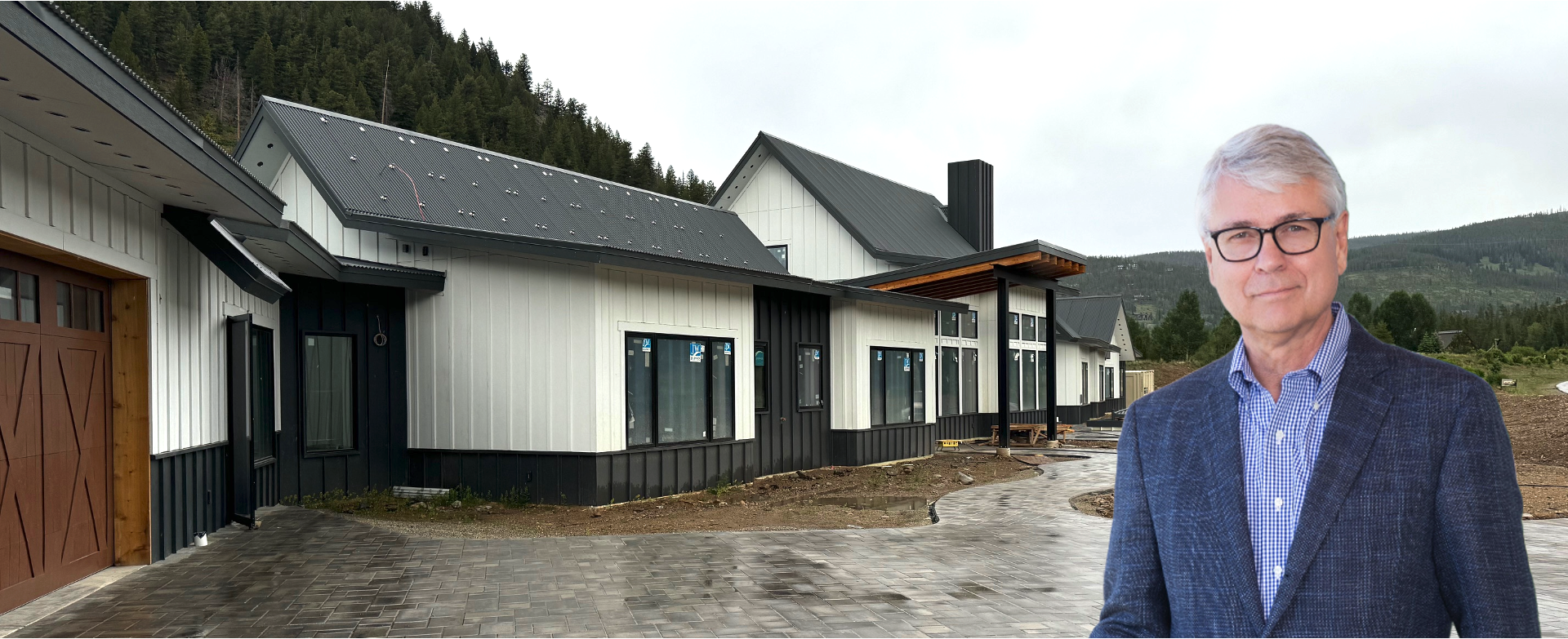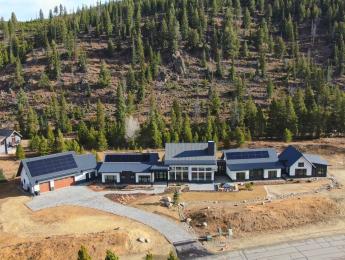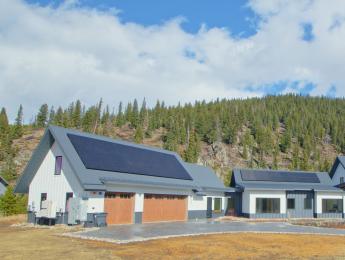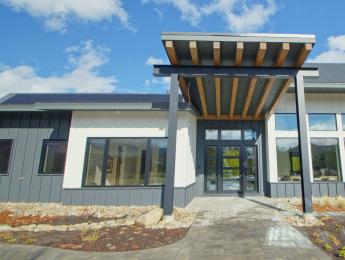Exclusive Interview with Gene Myers of Thrive Home Builders (Part 1)

Part 1 of our exclusive interview with Gene Myers, founder and Chief Sustainability Officer at Thrive Home Builders, uncovers the secrets behind his company’s commitment to energy and the environment as a differentiator in a competitive market.
Few small-volume production builders have achieved the accolades and awards for energy efficient and healthy homes of Thrive Home Builders.
Yet lost in the “green” glow of its well-earned reputation is the fact that the Denver-based builder hasn’t let its commitment to energy efficiency, healthy indoor air, and more recently carbon neutrality hinder its success through some of the most challenging times in residential construction history.
Thrive’s drive to build environmentally responsible homes has hit a new high point with the Panorama Idea Home in Breckenridge, Colo., a comfortable, energy efficient, and carbon-neutral retreat high in the Rocky Mountains.
The all-electric home boasts innovations ranging from onsite power generation, air source heat pumps, and a fiberglass foundation, not to mention following the U.S. Department of Energy Zero Energy Ready Home (ZERH) program.
Gene Myers, founder and Chief Sustainability Officer at Thrive shares how the company has flourished over three decades in a highly competitive market while staying true, and continuing to innovate, to building better and more sustainable housing.
Pro Builder: After almost 30 years in the residential construction business, what advice would you offer small-volume production builders looking for growth and stability in today’s market?
Gene Myers: I think the riskiest thing is to try to be like big builders and presume that in any market they can do the same thing they do and beat them. We rely on differentiation of our products and our company from mainstream builders.
PB: What does that look like?
GM: Years ago, we landed on three attributes to define what we are and why we are in the business of housing people: local, healthy, and efficient.
A good example was to change our supply chain to obtain beetle kill lumber into our market, from timber that had been killed by that pest. Our home buyers saw all the beetle-kill timber in the forests and wondered if anything good could come from dead standing trees, so we decided to build houses out of them and in the process renew watersheds, create a niche market for jobs, and improve forest health.
PB: For the small-volume builder who’s trying to stand out, how does a commitment like that help build and stabilize the bottom line?
GM: In this world of the web and social media, you can't hide who you are. Your company needs to be able to articulate not only what it does, but why, because customers do care.
We attract and retain great employees and subcontractors because they participate with us on non-profit projects. It helps build a better relationship with the local distributors when they see us investing in our community. It solidifies your reputation when you deliver consistent high-quality products.
PB: How does energy efficiency work into the bottom line?
GM: Every builder wants to say that the homes they deliver are better, but who says what is actually better? For us, it’s the U.S. Department of Energy (DOE), home energy rating system (HERS) scores, utility bills, and federal efficiency programs like the EPA’s EnergyStar, EnergyStar Next Gen, and Net Zero Energy Ready Homes. We rely on these programs as objective, credible criteria to show that when you buy a home from us, you’re buying the best home we know how to build.
For the Panorama Idea Home, we said that this project was going to not only be all-electric, comfortable, beautiful, and durable, but also carbon neutral. And we found that a carbon offset costs under $5,000 a house. It’s not that hard … and it's not that expensive.
PB: We hear NAHB and builders complaining about how IECC 2024 has reached the point of diminishing returns and unreasonable costs and payback periods for builders and consumers, and will worsen the housing affordability crisis. What's your response to that criticism, and in what ways has Thrive worked to hedge against the impact of stricter codes?
GM: Thrive has consistently built above code for many years. By staying ahead (of them), we hedge against the impact of stricter codes.
It does cost more to build a better house such as those subject to stricter codes, but we balance the increased up-front cost with the energy savings of our homes. For instance, we recently delivered a townhome with an estimated annual energy cost of $7, less than a dollar per month.
At a time when principal, interest, taxes and insurance (PITI) costs have all dramatically increased, energy is the one thing that we are driving down in the name of affordability and sustainability. We consistently find that the savings more than offset the incremental increased principal and interest costs on a monthly basis.
If builders are incurring increased costs due to code advancement but are not taking credit for this monthly savings, they are missing an important opportunity.
PB: And a healthy home plays into this, too?
GM: At Thrive we started to promote healthy homes back in the mid-2010s. Builders were questioning how much home buyers cared about indoor air quality, but when the pandemic hit, we had a message about why it's important to have fresh and filtered air, and health extends beyond the walls.
(Look for Part 2 in our next project update newsletter!)
To view other smart home products sign up for the Pro Builder newsletters.
Resources and links:
Zero Energy Ready Home Program https://www.energy.gov/eere/buildings/zero-energy-ready-home-program
Home Builder Foundation https://hbfdenver.org/
Homeaid Colorado https://www.homeaidcolorado.org/


